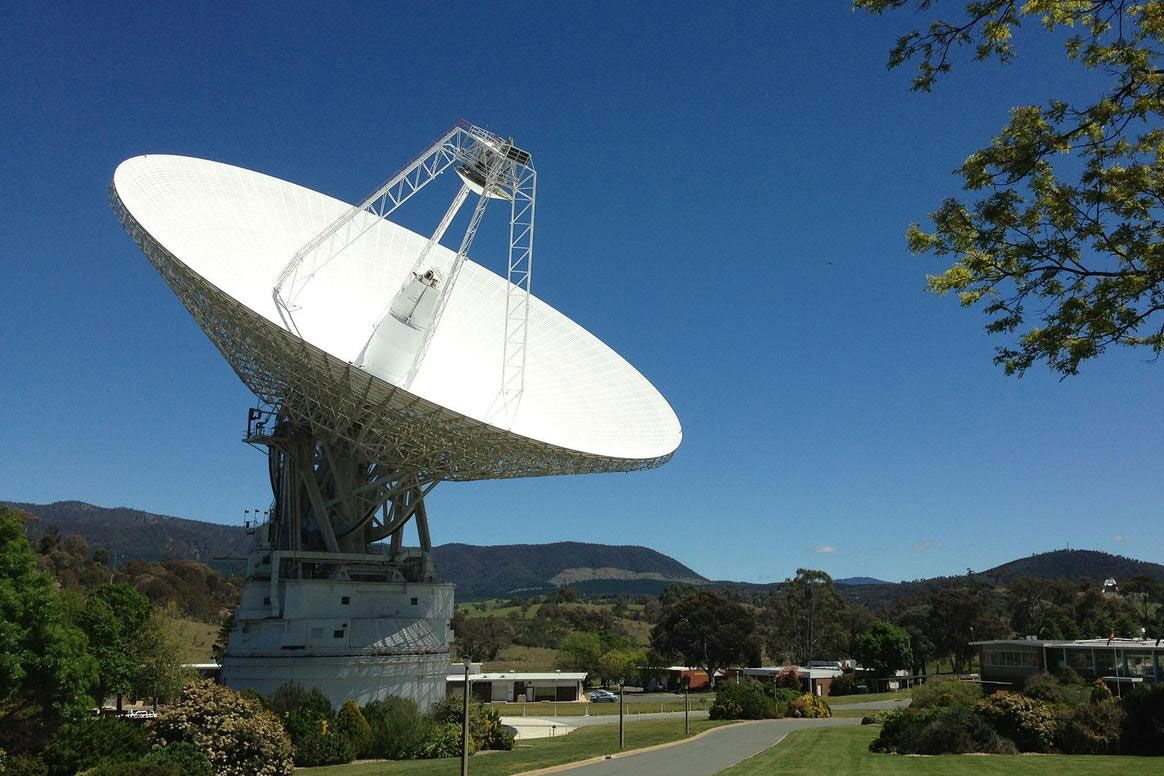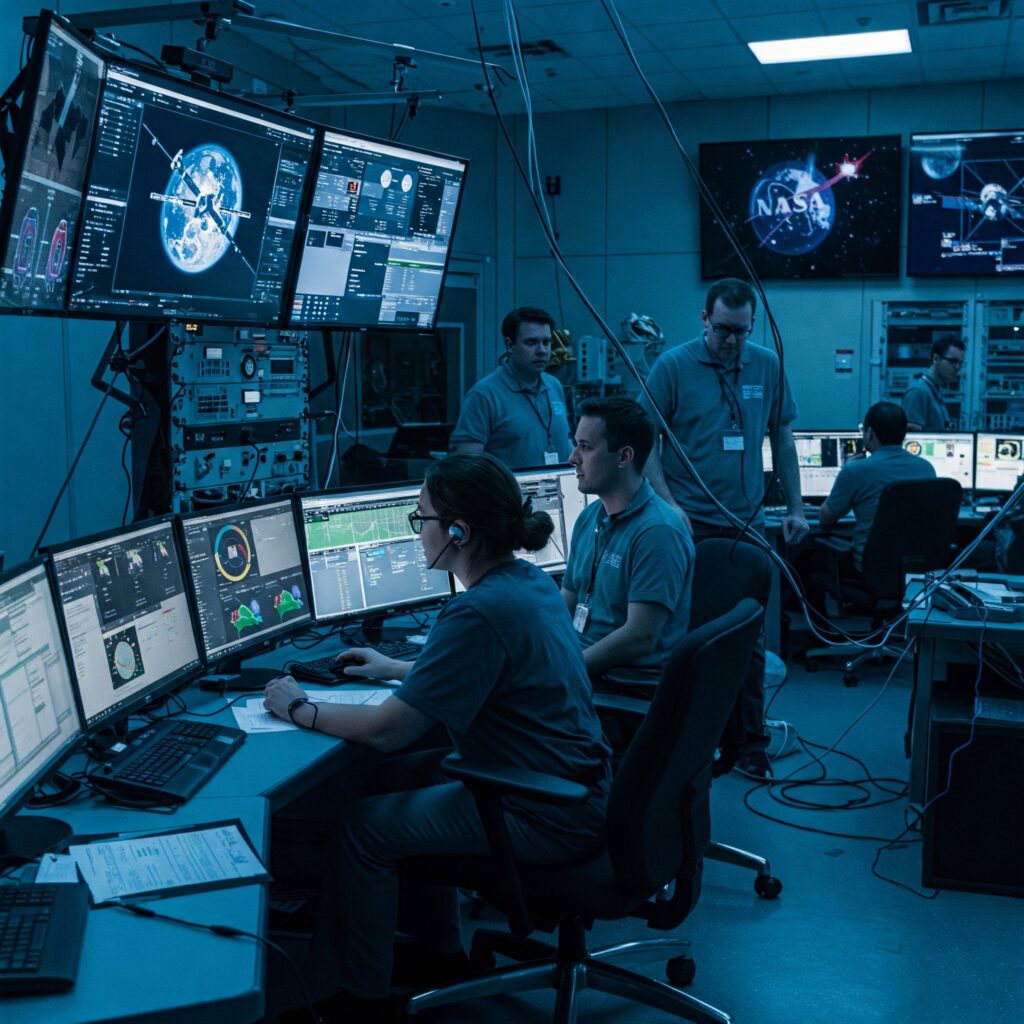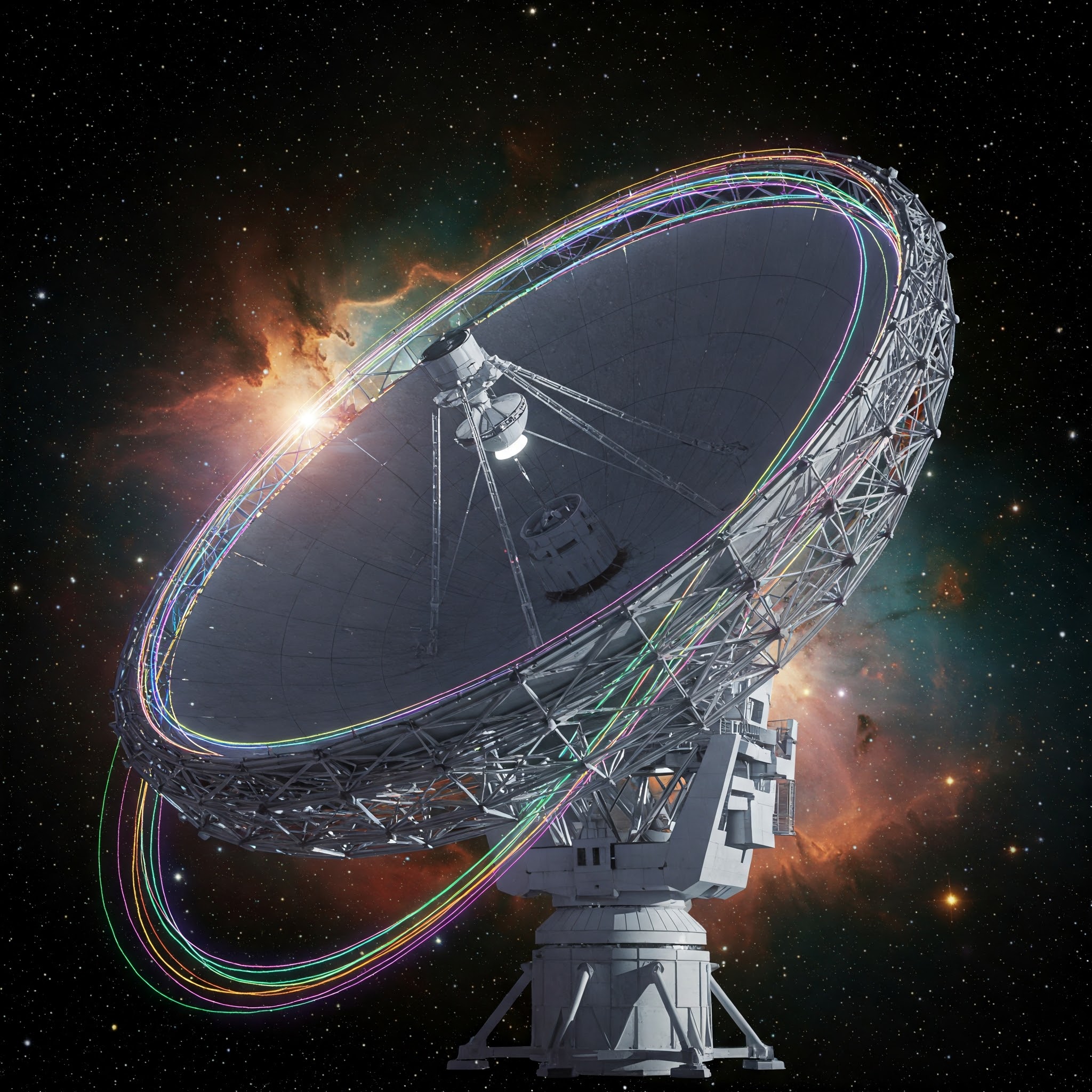Introduction
NASA has unveiled a groundbreaking addition to its communication network—a powerful deep space communication dish designed to enhance contact with distant spacecraft. As of 2025, this next-generation system aims to improve data transmission, reliability, and support for future lunar and Martian missions. The advancement is not just a technological leap; it signifies NASA’s commitment to expanding humanity’s reach into deep space.
What Is a Deep Space Communication Dish?
A deep space communication dish is a large parabolic antenna that sends and receives signals across vast distances in space. These dishes are essential for maintaining contact with space missions, transmitting scientific data, and guiding spacecraft through their journeys.
NASA’s new dish joins the Deep Space Network (DSN)—a global system of antennas strategically located in California, Spain, and Australia. This latest dish, however, includes state-of-the-art features such as higher bandwidth, improved signal processing, and better integration with artificial intelligence tools.
Key Features of the New Communication Dish

DSS43 is a 230-feet-wide radio antenna at the Deep Space Network’s Canberra facility in Australia, and is the only antenna that can send commands to the Voyager 2 spacecraft. | Credit: NASA
NASA’s latest antenna brings several technological upgrades:
- Enhanced Signal Sensitivity: The new dish is capable of capturing faint signals from spacecraft millions of miles away.
- Increased Bandwidth: This allows for faster data transmission, supporting high-resolution images and complex datasets.
- AI-Powered Diagnostics: Integrated artificial intelligence continuously monitors performance and detects issues before they affect operations.
- Green Technology: The dish uses energy-efficient systems, aligning with NASA’s sustainability goals.
Why This Matters for Space Exploration
Reliable communication is the backbone of successful space missions. Whether it’s relaying instructions to a Mars rover or receiving data from probes studying asteroids, a strong communication network is vital.
This new deep space communication dish enhances NASA’s capacity to support:
- The Artemis missions to the Moon
- Mars sample-return missions
- Long-duration exploration involving human presence
Better communication capabilities mean more data, fewer delays, and greater mission safety. This improvement supports both robotic and human explorers on future interplanetary missions.
Boosting International Collaboration
NASA’s communication systems are not used in isolation. Agencies like the European Space Agency (ESA), Japan Aerospace Exploration Agency (JAXA), and India’s ISRO often rely on data relays through the Deep Space Network. The addition of this high-capacity dish strengthens global partnerships by increasing the network’s overall reliability and efficiency.
Artificial Intelligence and the Future of Space Communication

The integration of AI is a major advancement in this dish’s design. By using machine learning algorithms, the system can:
- Predict potential hardware failures
- Optimize signal routing
- Reduce downtime with automatic troubleshooting
These improvements lead to real-time decision-making capabilities, which are crucial for future missions involving human presence on the Moon and Mars.
What’s Next for NASA’s Communications Infrastructure?
NASA plans to further expand its communication capabilities by adding more advanced antennas in other locations. Future upgrades may include laser-based communication systems, which promise even faster data transmission.
Private sector partnerships with companies like Amazon Web Services (AWS) and SpaceX are also being explored to supplement NASA’s ground-based infrastructure with cloud processing and satellite internet technologies.
Conclusion
NASA’s new deep space communication dish marks a pivotal moment in space communication technology. It enhances global coordination, leverages AI for smarter performance, and ensures that future missions receive the robust support they require. As we set our sights on the Moon, Mars, and beyond, this innovation serves as the silent workhorse enabling real-time, reliable contact with the cosmos.
